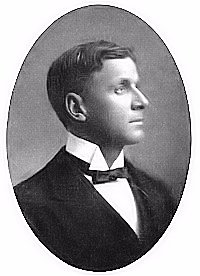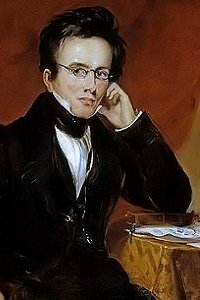Introduction

(1858–1901)
Words: Maltbie D. Babcock, Thoughts for Every-Day Living (New York: Charles Scribner’s Sons, 1901), pages 173–74.
Music: Advent (Goss) John Goss, 1872 (🔊 ![]()
![]() ).
).
Alternate Tunes:
- Doncaster Samuel Wesley, 1837 (🔊

 )
) - Garden City Horatio W. Parker, 1890 (🔊

 )
) - Lake Enon Isaac B. Woodbury, 1856 (🔊

 )
)

National Portrait Gallery
